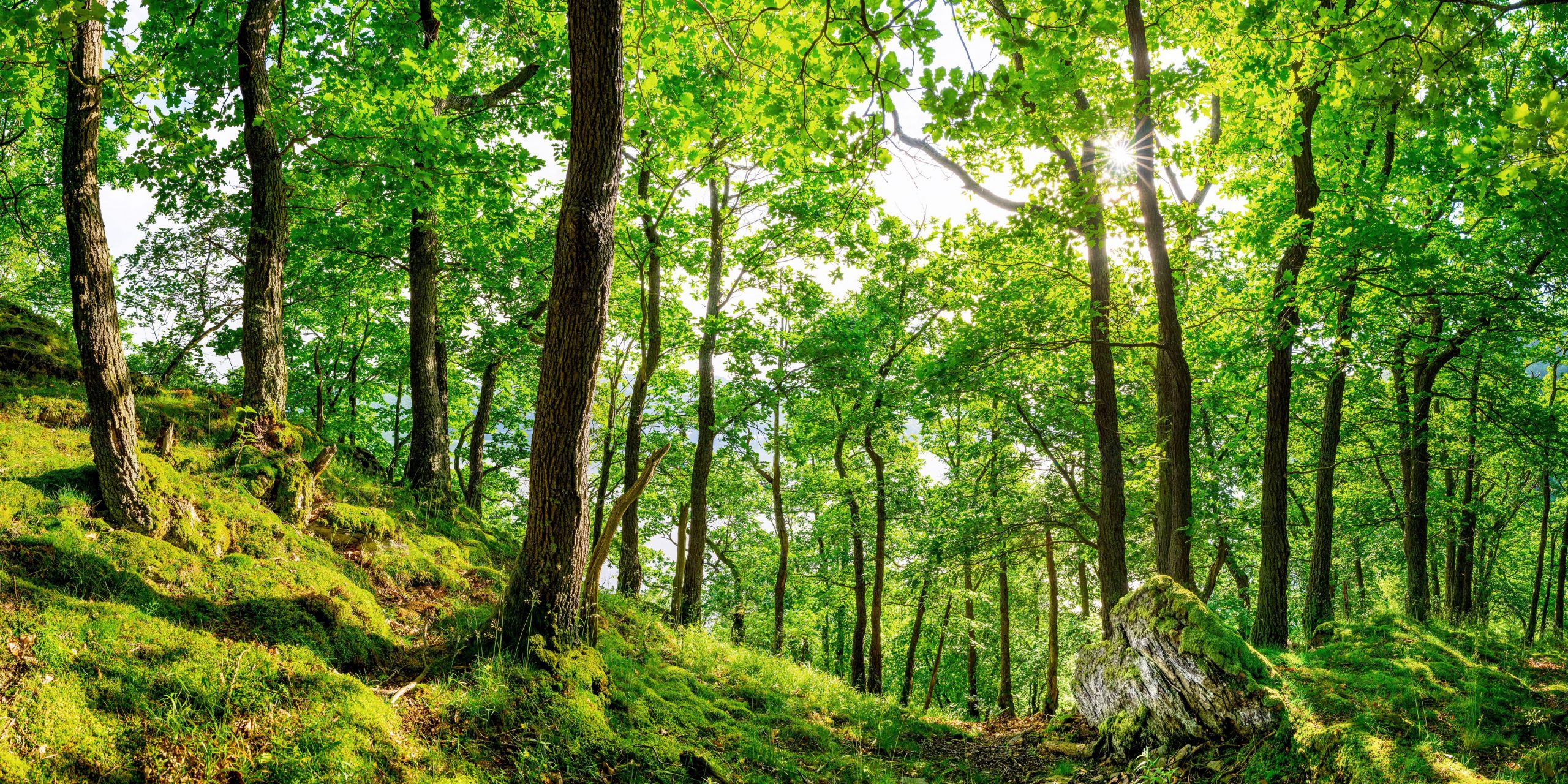The global warming faster and faster raises concern about the fate of trees and forests. The latter are almost a third of the land masses on Earth. Forests are home to 80% of the terrestrial biodiversity. In addition, they have many different useful functions for water, soil, air, climate and hydrogeological protection. Last but not least, certainly not least, also for the supply of woody and non-woody forest products. Forests account for three quarters of the terrestrial biomass and are associated with the atmospheric carbon balance.
Forests like tree species and any other terrestrial ecosystem are very sensitive to the climate. The climate crisis is moving too fast, while trees’ biological and genetic clocks are slowing down. There are three possible fortunes for forest populations and for “trees outside the forest” (forest remnants). The first possibility is the migration to follow the ecological niches that move. The second option is theamendment under the current circumstances. The third and lastbecome extinct local.
However, some arise spontaneously requests. Will natural tree populations in forests be able to get used to it or will they migrate quickly as the climate changes? Their genetics will it be enough to allow for customization? What will be the local and global forest extinction rate? What can the results of the experiments in the sector or the updates fast growing for climate adaptation?
To answer these questions one must have in-depth knowledge of different domains such as genetics and ecology. There is a possibility guided migrationi.e. the human-assisted movement of plant (and also animals) to more climatically suitable habitats. In addition, there are effective seed transfer methods aimed at introducing new seed trees from specific geographic areas. Assisted migration can reduce some of the risks of climate change related to tree health, biodiversity and productivity. On the other hand, however, it entails potential risks related to the impact of the introduced species on the host environment.
There are three types of assisted migration. The first type is the guided migration of tree population within the potential range of a species. The second is the assisted expansion of the species to areas just outside the established range. The third is assisted long-distance migration to areas outside the established area. In short, assisted migration is a kind of adaptation strategy to climate change. In addition, a handy option of: storage in front of types and climate-induced risk populations.
Source: Lega Nerd
I am Bret Jackson, a professional journalist and author for Gadget Onus, where I specialize in writing about the gaming industry. With over 6 years of experience in my field, I have built up an extensive portfolio that ranges from reviews to interviews with top figures within the industry. My work has been featured on various news sites, providing readers with insightful analysis regarding the current state of gaming culture.













